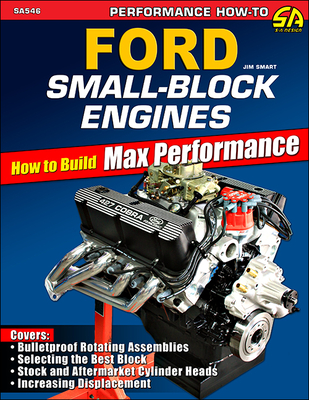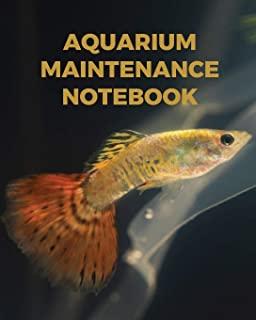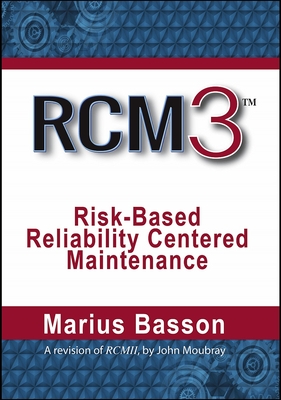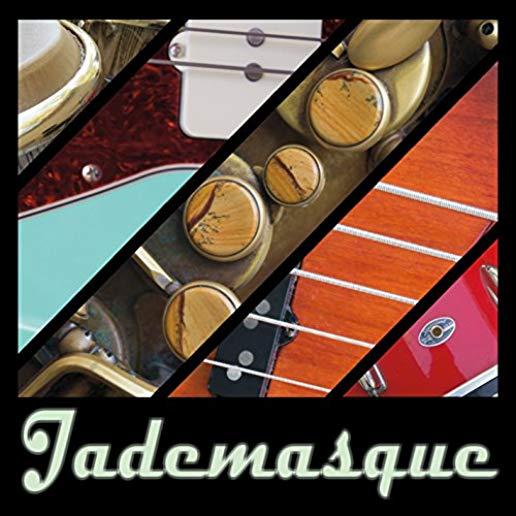
Much of the attention of the performance aftermarket has turned to the Coyote platform and swaps, but Ford is a little different than GM and Chrysler in that regard. The sheer size of the Coyote engine is problematic because it is very difficult to fit into any vehicle with shock towers. However, the shock-tower cars are often the most popular cars to modify. As such, the small-block Ford remains a viable option for making a large amount of horsepower in a much more affordable package.
In Ford Small-Block Engines: How to Build Max Performance, Ford expert Jim Smart covers all of the major components, including crankshafts, rods and pistons, camshafts, the valvetrain, oiling systems, intakes, carburetors, ignition systems and exhaust systems. Featured are the latest street heads from AFR, Dart, Ford Performance, Edelbrock, and other prominent manufacturers. Aftermarket blocks are also covered extensively from a variety of manufacturers, such as Ford Performance, Dart, Speedmaster, Bill Mitchell Products, and World Products. The basic design of this engine is more than 60 years old, but the aftermarket for this powerplant has grown over the years and is still growing.
While the Coyote engine family has earned a strong following, the original Ford small-block engine retains just as strong of a following, with the massive number of these engines still in use throughout the hobby. Whether you want to get started on your build or you just want to learn about the small-block Ford's capabilities, this book will make a great addition to your library.







